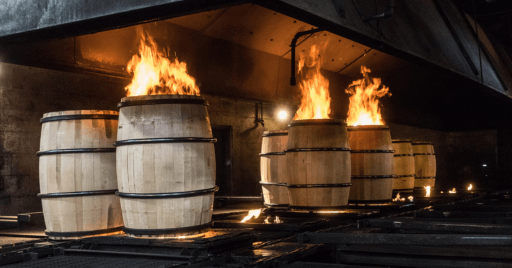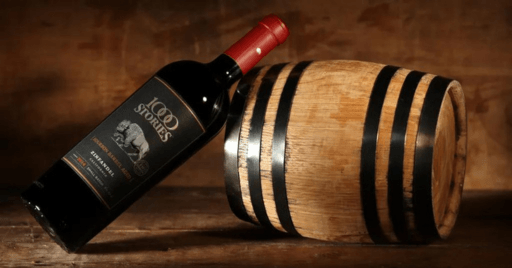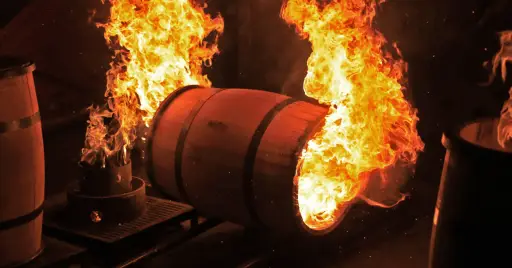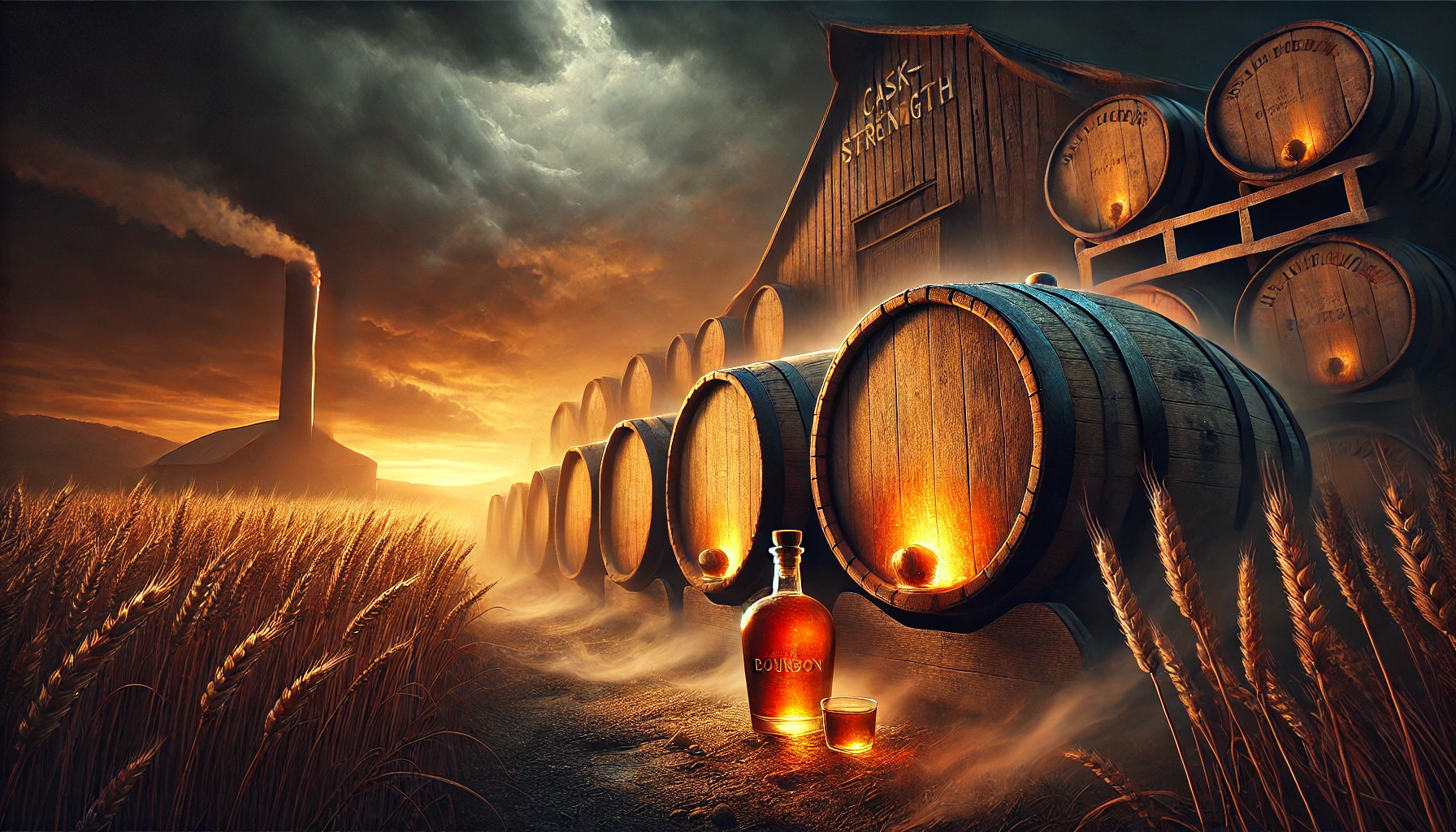The Standard Charred Oak Barrel
By law, bourbon must be aged in new, charred oak barrels. The charring process caramelizes the sugars in the wood, which interacts with the spirit to impart vanilla, caramel, and toasty flavors. The char level can vary, with levels ranging from 1 to 4, with level 4 (known as “alligator char”) being the most intense. This high level of char gives bourbon its distinctive deep amber color and rich, smoky notes. Before we get into this, lets give a shoutout to the “Father of Bourbon”… Elijah Craig (man that was first to age whiskey in a charred oak barrel)!

Toasted Barrels
Toasted barrels undergo a different heat treatment process than charring. Toasting involves gently heating the wood to coax out flavors without burning the surface. This method enhances the oak’s natural vanilla, caramel, and spice notes. Bourbons aged in toasted barrels often have a smoother, creamier mouthfeel with pronounced sweet and spicy characteristics.

Wine Cask Finishes
Some distillers finish their bourbon in barrels that previously held wine, such as sherry, port, or red wine. This secondary aging process, known as cask finishing, introduces new dimensions of flavor. Sherry casks, for instance, can add dried fruit, nutty, and slightly sweet notes, while port casks might contribute rich berry and chocolate flavors.
Rum Barrels
Rum barrel finishes are another popular choice for adding complexity to bourbon. The residual rum flavors infuse the spirit with tropical fruit, molasses, and spice notes. This technique often results in a sweeter, more exotic bourbon profile, making it a favorite for those who enjoy a bit of adventure in their whiskey.
Exotic Wood Barrels
Some innovative distillers experiment with barrels made from different types of wood beyond the traditional American white oak. Mizunara oak, a rare and expensive Japanese oak, imparts unique flavors of sandalwood, coconut, and exotic spices. While not commonly used due to its cost and rarity, Mizunara oak finishes create a distinctive bourbon experience that stands out in any tasting.
Re-charred Barrels
Re-charred barrels are barrels that have been used once, then charred again for reuse. This process can refresh the wood’s ability to impart flavors while adding new layers of complexity. Bourbons aged in re-charred barrels might have a more balanced profile, with nuanced smoky, woody, and sweet flavors.
The Importance of Barrel Aging
The aging environment also plays a crucial role. Factors such as temperature, humidity, and the warehouse’s location can influence how the bourbon interacts with the barrel. For example, barrels stored in higher warehouse levels may experience greater temperature fluctuations, accelerating the aging process and intensifying flavors.
The barrel is not just a vessel for aging bourbon; it is an active participant in the creation of its flavor. From the traditional charred oak barrels to the innovative use of wine, rum, and exotic wood finishes, each type of barrel brings its own unique characteristics to the bourbon. Exploring these different barrel-aged bourbons can be a delightful journey for any whiskey enthusiast, revealing the intricate artistry behind every bottle.




